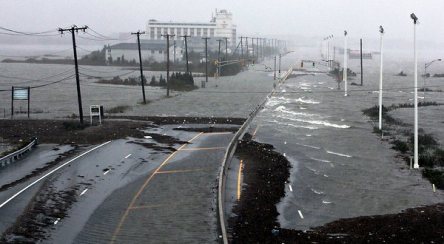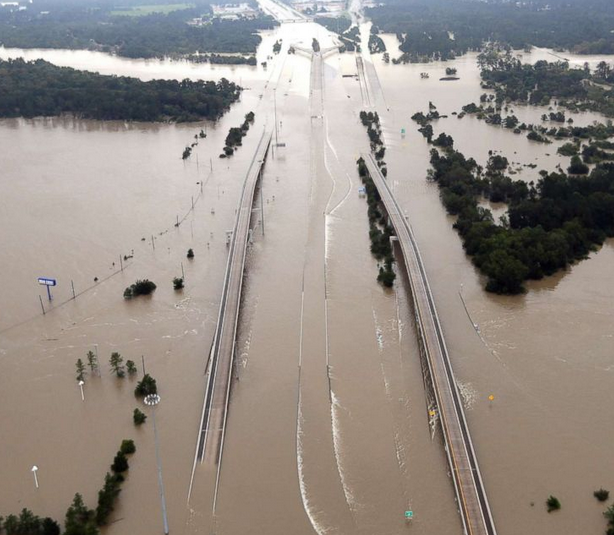It might seem straightforward to require that tenants provide proof of insurance when a lease is signed. However, managing a Certificate of Insurance (COI) for every tenant along with insurance policy endorsements and ensuring continuous coverage can be very challenging. Read on for a deeper dive with tips to successfully overcome challenges for maintaining tenant compliance. Why COIs matter A COI is a document issued by an insurance company that summarizes the insurance policies held by a tenant. It outlines the coverage limits, policy durations and other relevant details. Additional insured and subrogation information is outlined in the policy endorsements. Closely managing COIs is essential for landlords to verify that their tenants maintain adequate insurance coverage to protect against potential risks. COI management challenges throughout the lease lifecycle One of the primary challenges faced by landlords is ensuring the timely receipt and verification of COIs from tenants. Tenants may delay submitting the COIs or fail to provide the required coverage details. This delay can impede lease execution or expose the landlord to increased risks for leases already signed. Landlords often have specific insurance requirements for their commercial properties. These requirements may include minimum coverage limits, additional insured endorsements and specific policy provisions. Ensuring that tenants comply with these requirements can be difficult, as some tenants may struggle to find insurance policies that meet the landlord’s criteria. COI management involves tracking policy expiration dates and ensuring that tenants renew their insurance policies before they lapse. Monitoring policy expirations for multiple tenants can be time-consuming and prone to human error, potentially leaving the landlord exposed to liability if a tenant’s insurance coverage expires. Another challenge landlords face is the possibility of tenants providing COIs with inadequate coverage or insufficient policy limits. In such cases, the landlord...
CA’s New Solar Panel Law ...
Savings + Risks
Not long ago, California became the first state to require that all new homes have solar power: single-family and multifamily properties alike. The rule is part of the state’s commitment to cut greenhouse gases. It will go into effect in the next two years. Under the new law, developers must either equip individual homes with solar panels or build a shared solar-power system serving a group of homes. The rooftop panels can either be owned or made available for lease on a monthly basis. But are they covered by an insurance policy? Insuring the Vision Here’s what the folks at the Insurance Information Institute have put together: Most solar panels are considered a permanent attachment (like a deck) and thus are protected by a homeowner’s policy. However, check with your insurance company to know for sure. Another thing to consider is the coverage amount—your insurance policy’s coverage limit is the maximum amount that will be paid toward covering a loss. Ensure you have the adequate coverage limit, because despite the significant contraction in the cost of solar panels, it’s still not negligible. Your premiums will suffer. Some carriers allow solar energy systems owners to purchase an optional endorsement just for the panels. Others include the coverage in the dwelling coverage (coverage A) if the panels are on the roof of the home or under coverage B if the panels are on the ground or on the roof of a detached structure. Leasing the solar panels can make a big difference in your policy: if you install a system with a lease or power purchase agreement (PPA), you are not the owner of the system. In this case, the company with whom you have the agreement owns the panels and is responsible for their maintenance....
Risky Business
Are Your Properties Protected?
A recent Yardi Matrix research bulletin titled “Flood and Fire: The Multifamily Sector’s Response to Natural Disasters,” assesses the state of U.S. multifamily markets in areas hit hard by natural disasters in 2017 including hurricanes and wildfires. Hurricanes alone caused around $110 billion in total reported property damage. The bulletin also covers the impact of these events on the insurance market, and advises that property owners in the private insurance market should be ready for increasing rates and deductibles along with tightening policy terms and conditions. It’s Hurricane Season Again As cited in an April 2018 Multifamily Executive article, the U.S. was hit with 16 severe weather events in 2017. And now that this year’s hurricane season is underway, property owners and managers should ensure that their communities are as safe and sound as possible to prevent against future losses should a major storm hit. One key tip: install critical infrastructure above flood-prone areas. Recommended actions outlined in the article include relocating electrical panels, mechanical equipment, meters and shut-offs to higher ground. Sealing cracks in walls and foundations and installing sump pumps will go a long way to shoring up a property. Using materials that are designed to survive water exposure and resist mold for framing, wallboards, floorboards and ceilings is also a great plan. Mitigating Property Risk When it comes to safeguarding properties, being ready for extreme weather isn’t the only consideration for property owners. To protect against resident-caused damages, a required renters insurance program is a widely accepted industry best practice. For property owners without renters insurance at their communities, now is a great time to consider implementing a program to mitigate risk. A program that includes fast and easy signups for residents and automated compliance monitoring for property managers is ideal....
Recovery from Harvey
Aid Heads to Texas
In the wake of Hurricane Harvey, Congress has approved a $15.25 billion disaster aid package for the Federal Emergency Management Agency (FEMA). An additional package for Hurricane Irma recovery is likely under deliberation. The approved funds will contribute to, yet not cover, emergency assistance for regions of Texas and Louisiana overcome by Hurricane Harvey. The total funds needed for recovery may exceed $50 billion, according to analysts. The Gulf Coast of Texas received an unprecedented 50 inches of rain in less than four days. Homeland Security reports the loss of at least 70 lives and the destruction of more than 100,000 homes. Nearly 42 percent of Texans live in areas covered by the disaster proclamation. Beyond the Storm After Hurricane Allison, the 2014 City of Houston drainage study revealed that many of Houston’s poorest communities were inadequately prepared for “even modest storm events.” The National Community Reinvestment Coalition published a statement and map that shows the correlation between high-risk flood zones and communities of color. CNN reports that the city council approved $10 million to reduce drainage issues. Texas Housers and the Texas Organization Project claim that the City of Houston did not take action to protect its residents or mitigate the effects of Hurricane Harvey. Dam releases contributed to the devastation. On Monday, the US Army Corps of Engineers began to release water from the Addicks and Barker dams. The assumption was that the neighborhoods could better manage the water with controlled releases than uncontrolled overflow from the dams. Flood control officials in Harris County estimate that hundreds of properties flooded as a result of the controlled releases. Seeking Shelter Housing is the leading priority for disaster recovery specialists. Red Cross and partner associations opened 240 shelters in Texas and six shelters in Louisiana....




